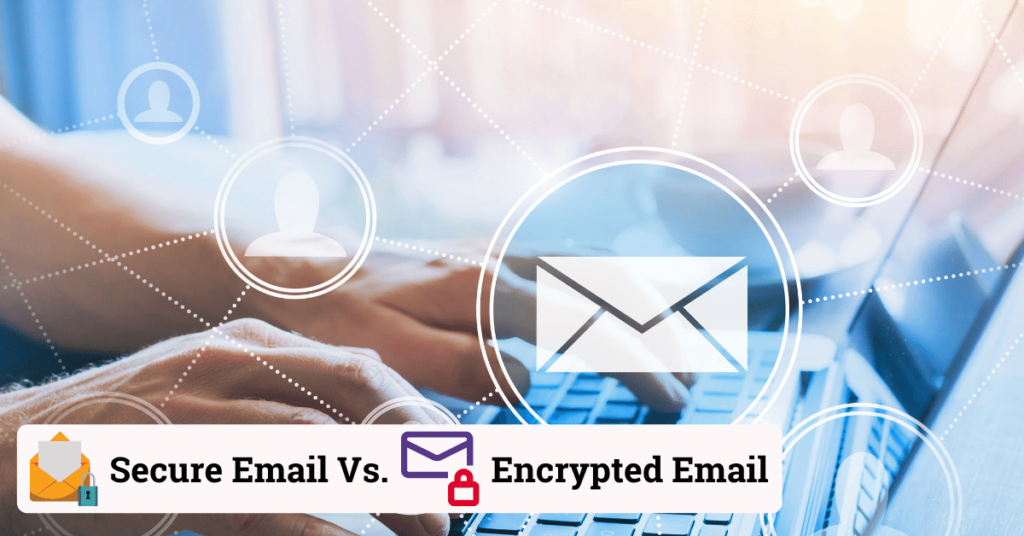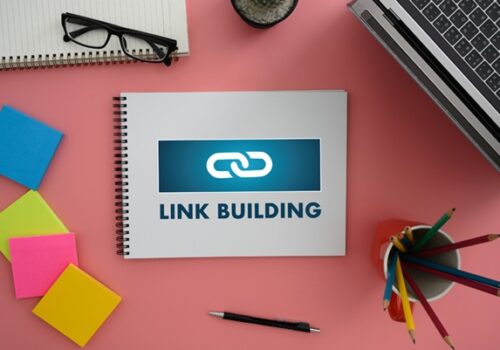Secure messaging vs. encrypted email- What’s the difference?
Secure messaging apps, such as end-to-end encrypted messaging apps, are designed to provide high privacy and security for your conversations. These apps use advanced encryption techniques to scramble the messages that leave your device; only the intended recipient can read them.
Features of secure messaging apps
Messages are encrypted on the sender’s device and can only be decrypted on the recipient’s device, ensuring that no third party, including the app provider, can access the content. Some secure messaging apps offer the option to set messages to delete after a certain period, further enhancing privacy automatically. Secure messaging apps are typically designed with a user-friendly interface, making them easy for everyday communication.
Encrypted email
Encrypted email, also known as secure email, is a method of protecting the content of your emails from unauthorized access. Unlike secure messaging apps, which encrypt the entire conversation, encrypted email focuses on encrypting the body and attachments of individual emails before they are sent.
Features of encrypted email
- Message encryption– The email content and attachments are encrypted using various encryption methods, such as PGP (Pretty Good Privacy) or S/MIME (Secure/Multipurpose Internet Mail Extensions).
- Digital signatures- Encrypted emails can include digital signatures, which verify the sender’s identity and ensure the message hasn’t been tampered with Take Notes and Share Notes Online.
Integration with email clients– Encrypted email can be integrated with traditional email clients like Outlook, Gmail, or Apple Mail, providing a familiar user experience.
Key differences
While both secure messaging and encrypted email aim to protect your communication, there are several key.
- Real-time communication– Secure messaging apps are designed for real-time communication, making them ideal for instant messaging and group conversations. Encrypted email, on the other hand, is better suited for formal or asynchronous communication.
- User experience– Secure messaging apps typically offer a more user-friendly and intuitive experience. At the same time, encrypted email may require additional setup and configuration, depending on the email client and encryption method used.
- Metadata protection– Secure messaging apps often provide better protection for metadata, such as sender and recipient information, than encrypted email, which can still reveal metadata to email service providers.
- Collaboration and file sharing– Secure messaging apps often offer better collaboration features than encrypted email, such as group chats, file sharing, and real-time editing.
Choosing the right solution
Secure messaging and encrypted email largely depend on your specific needs and use cases. If you need real-time, informal communication, secure messaging apps may be the better choice. Encrypted email might be more suitable if you require formal or asynchronous communication. If you prioritize a user-friendly experience, secure messaging apps may be the way to go. If you’re comfortable with additional setup and configuration, encrypted email could be viable. If you’re concerned about metadata protection, secure messaging apps generally offer better protection than encrypted email. Secure messaging apps may be better if you need robust collaboration features and file-sharing capabilities.
Both secure messaging and encrypted email offer valuable solutions for protecting online communication. Secure messaging apps provide a user-friendly experience and robust real-time communication capabilities, while encrypted email offers a more formal and asynchronous approach to secure communication. Ultimately, the choice depends on your specific needs, priorities, and the level of security and privacy you require.




